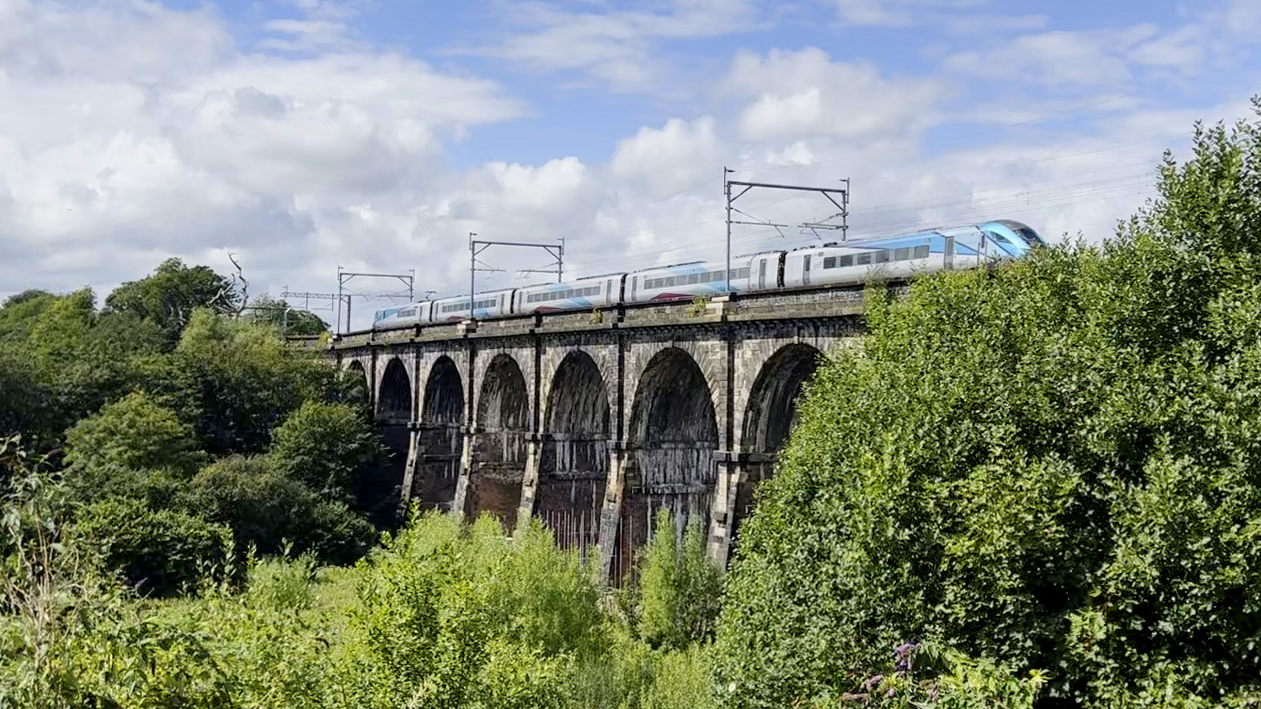 Network Rail is continuing the work to improve passenger and freight journeys between Manchester and Liverpool over the world’s first railway viaduct, ahead of its 200th anniversary.
Network Rail is continuing the work to improve passenger and freight journeys between Manchester and Liverpool over the world’s first railway viaduct, ahead of its 200th anniversary.
The British rail infrastructure manager is investing GBP 3.8 million (EUR 4.4 million) to overhaul Sankey viaduct in Newton-le-Willows which opened in 1830.
Over the next four months a team of 25 engineers and scaffolding specialists will erect scaffolding towers along the span for painstaking repairs to take place, repoint mortar using specialist heritage mixes to match the existing materials and will carry out extensive brickwork repairs. Works also include historic metalwork painting in heritage colours, the installation of anchors to secure any cracks, removal of overgrown weeds and plants, graffiti cleaning.
The world’s first railway viaduct with double tracks is 160 metres long with semi-circular arches each spanning 15 metres. The structure stands on eight supports (piers) up to 21 metres above the valley floor. It carries twin tracks on which major freight and passengers services run every day.
The viaduct was a key component of the Liverpool & Manchester Railway (L&MR) which opened in 1830 between Manchester Victoria and Liverpool Lime Street – the world’s first intercity passenger railway to provide a scheduled timetable.
Although not as well-known, long or iconic as Ribblehead in North Yorkshire, Sankey is hugely significant as the first major railway viaduct in the world, and birthplace of the modern railway.
Also known as ‘Nine Arches’ viaduct, it was designed by railway pioneer George Stephenson to bridge the 160-metre gap over the Sankey valley and built between 1828-1830.
When it opened it connected Manchester and Liverpool to form the world’s first intercity passenger route with a regular timetable.
The 193-year-old landmark is now having important maintenance ahead of its 200th anniversary in 2030 to secure its future for decades to come.
Share on:



